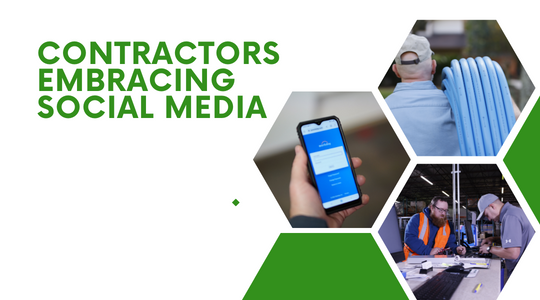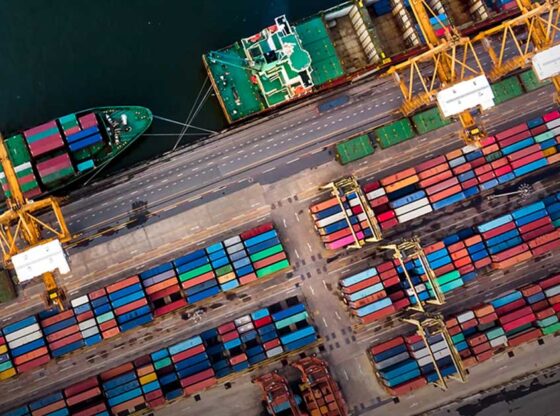Economists joke that they were created to give weather people someone to make fun of! Finding an economist who makes accurate predictions is difficult. Clue . . . they are not the ones you see on TV.
The Beaulieu brothers are about the best I’ve ever found. Their accuracy is documented in the 95% range every year. Their specialty is to forecast the next 18 months, with some high level long range predictions. As of last week, here is what they are saying about the U.S. economy;
- 2018 will end fairly strong
- 2019 will be flat or a mild decline
- 2020, and many years after, will be strong
2018 is rolling along with a mild growth rate (3-4 percent), mild inflationary pressure, and high consumer and business confidence. The recent tax reductions and continued stock market prices will add foundation for more business growth and consumer spending. Only big, unforeseen, events can derail this year.
2019 is expected to have some developing issues come to light.
Fear
Whenever we have an extended period without a recessionary cycle, which we’ve had, some people start to fear “the coming recession”. In fact, Google searches for “recession” have climbed substantially the past year.
Warning- personal opinion: There is no reason we must endure a recession every 7 to 10 years. Economies left to their own only have recessions if large players do nefarious things. However, our economy is not left to its own, it is heavily regulated and controlled by our government. Part of their control, overseen by the Fed, is to pull levers such as interest rates and volume of money. Those tinkerings cause maladjustments that can only be fixed by periodic mild recessions.
What are the Concerns?
The consumer, or better put “We The People.” On the good side, wages which have been stagnant for over a decade are now rising. The stock market is doing well and nobody is predicting a major slide. Interest rates are going up, but slowly in small chunks. Inflation is increasing slowly. Oil prices are holding steady.
That said, saving rates are dropping considerably. The idea is people are spending too freely. Housing prices continue to rise. Consumer debt burdens are growing. Loan delinquency is high for student loans and growing for auto loans. All together some fear a growing bubble that will pop next year. The consumer might run out of gas. Especially if inflation and interest rates rise faster than expected.
Businesses are in good shape. Debts are lower and dropping and cash is plentiful. If we see negativity in 2019, it will be lead by consumers slowing their spending.
What about Our Industry?
Construction has been strong for several years. Few propose any real decline in construction coming in the next seven years. Right now anyone connected to the construction industry is seeing growth.
The landscape industry flew over the recession in 2000 because of strong construction. We might see a similar situation in 2019.
Commercial building vacancy rates are dropping, residential housing is in short supply, and infrastructure spending is expected to jump. All of these are long term considerations that tend to keep moving forward during short corrective recessions.
What to Watch for: Long Term Conditions
- Public Debt– It is projected our national debt will increase up to 121% of country’s GDP by 2020. Which means our nation will owe more than our whole economy makes in a year. That is way to high for sustained economic health. Picture a family that spends 21% more than they make in a year. The shoe drops when interest rates increase. This by the way is the primary driver of predictions for a major economic recession in the 2030s.
- Auto Sales– After a many year period of replacement buying, the population has less need for new cars. Also, with stable oil prices trucks and SUV sales are growing again. The auto industry is in a transition period. If consumers pull back, cars sales will be hit hard.
- Tariffs– You hear it on the news every night right now. Many are in panic that Trump will cause a trade war. Nobody, I mean nobody, wants a trade war. But if it happens, yes our economy will suffer, mostly because of fear.
- Savings– If the current trend of falling savings rates continue, it will hasten a consumer slow down as soon as consumers feel a pinch.
Contractor Pricing
Recent landscape industry surveys show about two-thirds of landscapers have raised their pricing and intend to increase even more. Only a quarter have not raised their pricing.
Further, here are the hourly rates the respondents say they are charging.
- Snow/Ice: $85.35
- Tree care: $71.98
- Irrigation install/service: $61.60
- Landscape construction: $58.36
- Lawn care: $56.83
- Landscape maintenance: $46.11
These are averaged numbers for the whole country. Regional differences do exist.
Now is the time to be increasing prices. Why?
- The economy and landscape demand are doing well
- Labor costs are going up
- Material costs are going up
- All costs are increasing
While the volume of business has been growing, the bottom line net profit for most contractors has been stagnate. Hence the major reason contractors are increasing their rates.












